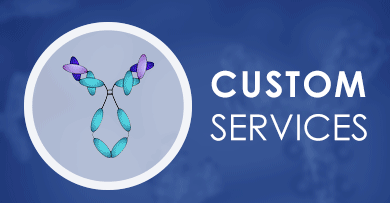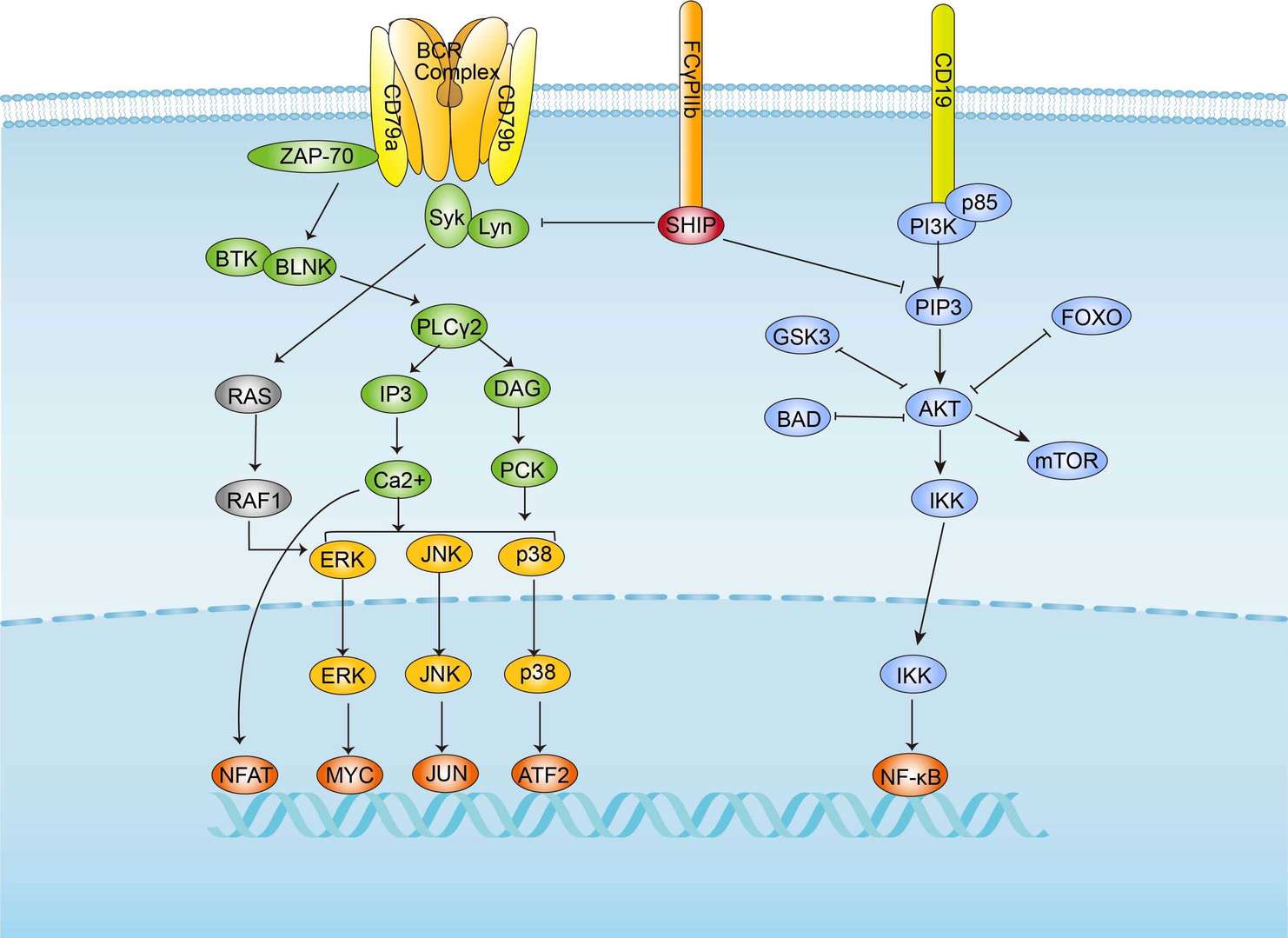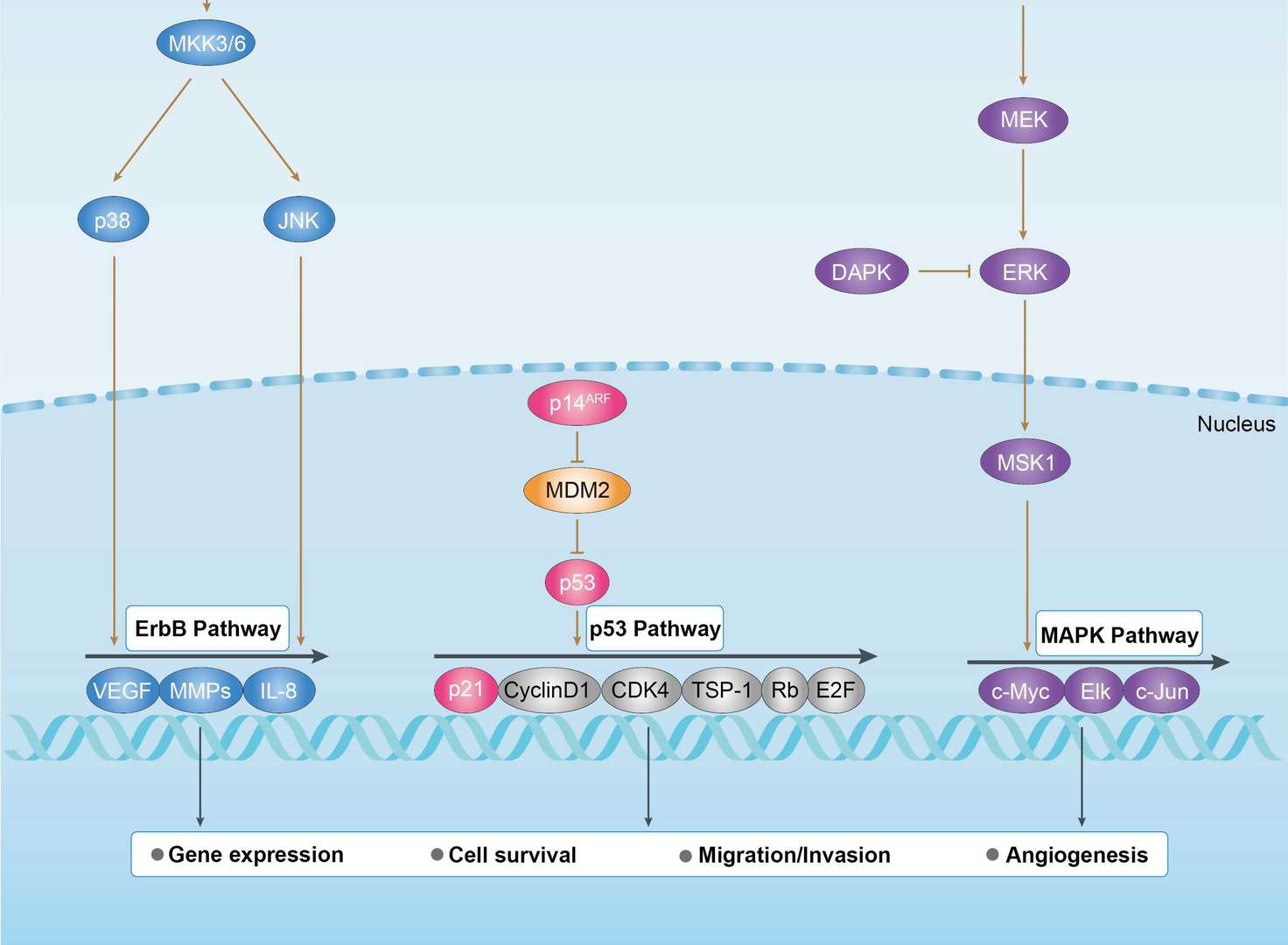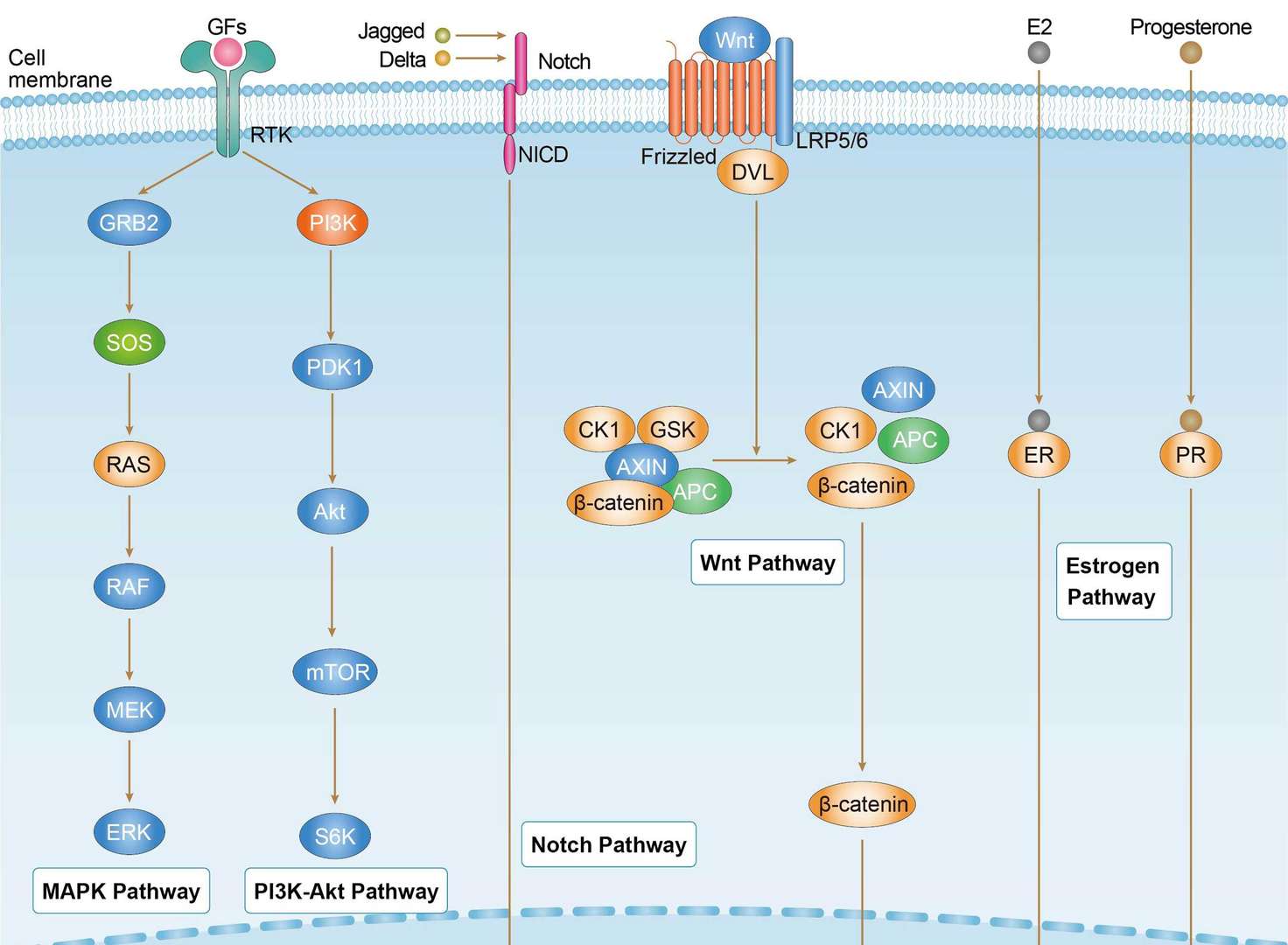 Loading...
Loading...

MYC
 Loading...
Loading...Anti-MYC Products
-
- Derivation: Mouse
- Species Reactivity: Human
- Type: Mouse scFv
- Application: WB, IHC, FuncS
-
- Derivation: Mouse
- Species Reactivity: Human
- Type: Mouse Fab
- Application: WB, IHC, FuncS
- Mouse Anti-MYC Recombinant Antibody (clone CT14) (FAMAB-0112-CN)
-
- Derivation: Mouse
- Species Reactivity: Human
- Type: Mouse IgG2a
- Application: ELISA, WB, FC, Inhib
-
- Species Reactivity: Human
- Application: ELISA, ICC, IF, IHC-P, IP, WB
- Rabbit Anti-MYC Polyclonal Antibody (MRO-1778-CN) (MRO-1778-CN)
-
- Type: Rabbit IgG
- Application: WB
- Rabbit Anti-MYC Polyclonal Antibody (MRO-1779-CN) (MRO-1779-CN)
-
- Type: Rabbit IgG
- Application: WB
-
- Species Reactivity: Human
- Type: Rabbit IgG
- Application: WB, IF, FC
-
- Species Reactivity: Human, Rat
- Type: Rabbit IgG
- Application: WB, IF, IP, FC
-
- Species Reactivity: Human, Mouse, Rat
- Type: Rabbit IgG
- Application: WB, IF, IHC, IP
-
- Derivation: Mouse
- Species Reactivity: Human
- Type: Mouse IgG
- Application: WB, IHC, FuncS
-
- Species Reactivity: Human
- Type: Mouse IgG
- Application: WB, ELISA
-
- Species Reactivity: Human, Mouse, Avian
- Type: Mouse IgG1
- Application: WB, IP, IHC
-
- Species Reactivity: Human, Mouse, Rat
- Type: Mouse IgG2a
- Application: WB, IP, IHC
-
- Type: Mouse IgG1
- Application: WB, DB, ELISA, IP
-
- Species Reactivity: Human
- Type: Mouse IgG1
- Application: ELISA, WB
-
- Species Reactivity: Human
- Type: Rabbit IgG
- Application: ELISA, WB
-
- Species Reactivity: Human
- Type: Rabbit IgG
- Application: ELISA, WB, IF
-
- Species Reactivity: Human
- Type: Rabbit IgG
- Application: ELISA, FC
- Mouse Anti-MYC Recombinant Antibody (VS3-CJ230) (VS3-CJ230)
-
- Species Reactivity: Human
- Application: WB, ELISA
- Rabbit Anti-MYC Recombinant Antibody (VS3-CJ231) (VS3-CJ231)
-
- Species Reactivity: Human
- Type: Rabbit IgG
- Application: WB, ICC, IF, FC
- Rabbit Anti-MYC Recombinant Antibody (VS3-CJ232) (VS3-CJ232)
-
- Species Reactivity: Human, Mouse, Rat
- Type: Rabbit IgG
- Application: WB, ICC, IF, IHC, IP
- Rabbit Anti-MYC Recombinant Antibody (VS3-CJ233) (VS3-CJ233)
-
- Species Reactivity: Human, Rat
- Type: Rabbit IgG
- Application: WB, ICC, IF, IP, FC
- Mouse Anti-MYC Recombinant Antibody (clone 6G6) (VS3-XY1126)
-
- Type: Mouse IgG1
- Application: WB, IP, IF, IHC, FC
- Mouse Anti-MYC Recombinant Antibody (clone 7E10) (VS3-XY1127)
-
- Species Reactivity: Human
- Type: Mouse IgG1
- Application: ELISA, WB
-
- Species Reactivity: Human
- Type: Mouse IgG1
- Application: ELISA, WB
- Rabbit Anti-MYC Recombinant Antibody (VS-0223-WK12) (VS-0223-WK12)
-
- Derivation: Rabbit
- Species Reactivity: Human
- Type: Rabbit IgG
- Application: WB, IP, ICC, IHC, IHC-P
- Rabbit Anti-MYC Recombinant Antibody (clone R03-1I8) (VS3-XY3440)
-
- Species Reactivity: Human, Mouse, Rat
- Type: Rabbit IgG
- Application: WB, IHC-P, ICC, IF, IP, FC
-
- Type: Rabbit IgG
- Application: WB, IHC-P, ICC, IF, IP
-
- Species Reactivity: Human
- Type: Rabbit IgG
- Application: WB, ICC, IF, FC
- Mouse Anti-MYC Recombinant Antibody (VS3-FY2813) (VS3-FY2813)
-
- Species Reactivity: Human, Mouse, Rat
- Type: Mouse IgG
- Application: WB
- AbPlus™ Anti-MYC Magnetic Beads (33) (VS-0424-XY194)
-
- Target: MYC
- Target Species: Human, Mouse, Avian
- Application: IP, Protein Purification
- Mouse Anti-NHP MYC Recombinant Antibody (clone MYC699) (VS-1024-XY133)
-
- Species Reactivity: Chimpanzee, Human, Non-human primate
- Type: Mouse IgG1, kappa
- Application: IF, FC, ELISA
- Mouse Anti-MYC Recombinant Antibody (clone CT14); scFv Fragment (FAMAB-0112-CN-S(P))
-
- Derivation: Mouse
- Species Reactivity: Human
- Type: Mouse scFv
- Application: ELISA, WB, FC
- Mouse Anti-MYC Recombinant Antibody (clone CT14); Fab Fragment (FAMAB-0112-CN-F(E))
-
- Derivation: Mouse
- Species Reactivity: Human
- Type: Mouse Fab
- Application: ELISA, WB, FC
- Anti-c-Myc antibody (HRP) (MOB-0400MC)
-
- Species Reactivity: Human
- Application: ELISA, IHC-P, IHC-Fr, WB
- Chicken Anti-c-Myc (ab1) Polyclonal IgY (BRD-0380MZ)
-
- Species Reactivity: Human, Mouse, Rat
- Type: Chicken antibody
- Application: Indirect ELISA, WB
- Chicken Anti-c-Myc (ab2) Polyclonal IgY (BRD-0381MZ)
-
- Species Reactivity: Human, Mouse, Rat
- Type: Chicken antibody
- Application: WB
-
- Derivation: Phage display library screening
- Type: IgG
- Application: WB, IP, ICC
-
- Species Reactivity: Human
- Type: IgG
- Application: WB, IF, ICC, FC
- Rabbit Anti-MYC Recombinant Antibody (clone AFY0021) (MOR-0050-FY)
-
- Species Reactivity: Human, Mouse
- Type: Rabbit IgG
- Application: ICC, IHC, WB
-
- Antibody Host: Mouse
- Antibody Reactivity: Human
- Mouse Anti-MYC Recombinant Antibody (clone 3D1E12) (VS7-0425-WR448)
-
- Species Reactivity: Human
- Type: Mouse IgG2b
- Application: FC
- Anti-MYC Immunohistochemistry Kit (VS-0525-XY4607)
-
- Species Reactivity: Human
- Target: MYC
- Application: IHC
- Anti-Human MYC Immunohistochemistry Kit (VS-0525-XY4608)
-
- Species Reactivity: Human, Fruit fly, Yeast
- Target: MYC
- Application: IHC
- Anti-Mouse MYC Immunohistochemistry Kit (VS-0525-XY4609)
-
- Species Reactivity: Human, Mouse, Rat, Chicken, Yeast
- Target: MYC
- Application: IHC
- MYC Phosphorylation Antibody Panel (Total, pThr 58, pSer 62) (VS-0725-YC45)
-
- Species Reactivity: Human
- SmartAb™ Recombinant Anti-MYC pH-dependent Antibody (Clone CT14) (VS-0825-YC263)
-
- Species Reactivity: Human
- Type: Mouse IgG2a
- Application: ELISA, WB, FC, Inhib
Can't find the products you're looking for? Try to filter in the left sidebar.Filter By Tag
Our customer service representatives are available 24 hours a day, from Monday to Sunday. Contact Us
For Research Use Only. Not For Clinical Use.
Background
Cancer-related genes, Disease related genes, Human disease related genes, Transcription factors
Intracellular, Membrane (different isoforms)
Cell type enhanced (Basal squamous epithelial cells, Basal prostatic cells, Suprabasal keratinocytes, Basal keratinocytes, Squamous epithelial cells)
Low immune cell specificity
Cell line enhanced (RPMI-8226)
Efficient DNA binding requires dimerization with another bHLH protein. Binds DNA as a heterodimer with MAX (PubMed:9680483). Interacts with TAF1C and SPAG9. Interacts with PARP10. Interacts with KDM5A and KDM5B. Interacts (when phosphorylated at Thr-58 and Ser-62) with FBXW7(PubMed:25775507, PubMed:17558397). Interacts with PIM2. Interacts with RIOX1. The heterodimer MYC:MAX interacts with ABI1; the interaction may enhance MYC:MAX transcriptional activity. Interacts with TRIM6 (By similarity). Interacts with NPM1; the binary complex is recruited to the promoter of MYC target genes and enhances their transcription (PubMed:25956029). Interacts with CIP2A; leading to the stabilization of MYC (PubMed:17632056).
Activator, DNA-binding


 BCR Signaling Pathway
BCR Signaling Pathway
 Bladder Cancer
Bladder Cancer
 Breast Cancer
Breast Cancer
 Colorectal Cancer
Colorectal Cancer
 Gastric Cancer
Gastric Cancer